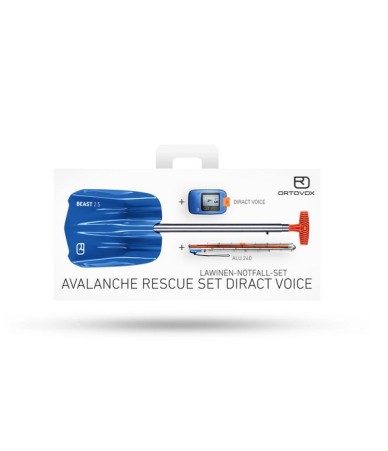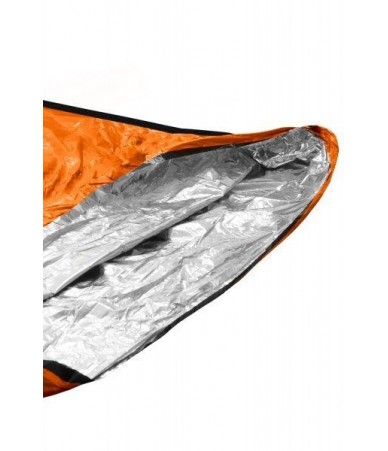Usually people who go on a trip together know each other. Technical capabilities and mutual fitness are therefore transparent. This is an advantage for the management of tour time and the smooth running of the trip.
On the other hand, if group members are unfamiliar with each other, precise communication in advance of riding level and walking speed is required. For this reason, if you are the most experienced member and therefore the Tour Leader, you must be able to modify the parameters of the tour according to the physical fitness and driving skills of the weakest member of the group! If you are not the tour leader you must still have the ability to understand if whoever assumes the burden of managing the group is actually doing it!
Having made these premises, let's move on to the practical side... there are basically three important things to check:
- Check that everyone's equipment is in good condition and complete.
- Plan enough time!
- Perform the Artva gate before leaving
EQUIPMENT CHECK
The equipment check includes the riding/touring equipment and the equipment in the backpack. The packing list varies depending on the tour you have planned.
For Riding/Touring equipment you need:
- Splitboard
- Skins
- Foldable touring poles
- Crampons
- Artva
With this material you are almost ready to go, but remember to check all the screws on the bindings and the parts mounted on the splitboard... there is nothing worse than a loose screw!
The backpack must contain:
- Probe
- Shovel
- Backcountry Kit specific for your binding (replaceable kit with screws, notched straps, bushings, etc.)
In order not to be caught by surprise and to be ready for any eventuality during the tour, I strongly recommend that you add the following items to your backpack:
- First aid kit with Israeli bandage
- Map/GPS/App - (offline mode recommended in case of no reception)
- Thermal towel
- Thermal flask with hot drink
- Camelbacks
- Snacks for the climb
- Snacks for the top
- Replacement jersey (merino wool is recommended)
- Thin gloves for touring and thick for riding
- Various tools (screwdriver, pliers, zip ties, American tape)
- Spare batteries for the transceiver
PLAN ENOUGH TIME!
During an outing, multiple breaks are often needed and extra time needed for unforeseen situations. Depending on the size of the group and your ability, the time it takes to reach the summit can even triple what it would take you to go alone… Remember to calculate this when planning your trip!
ARTVA GATE
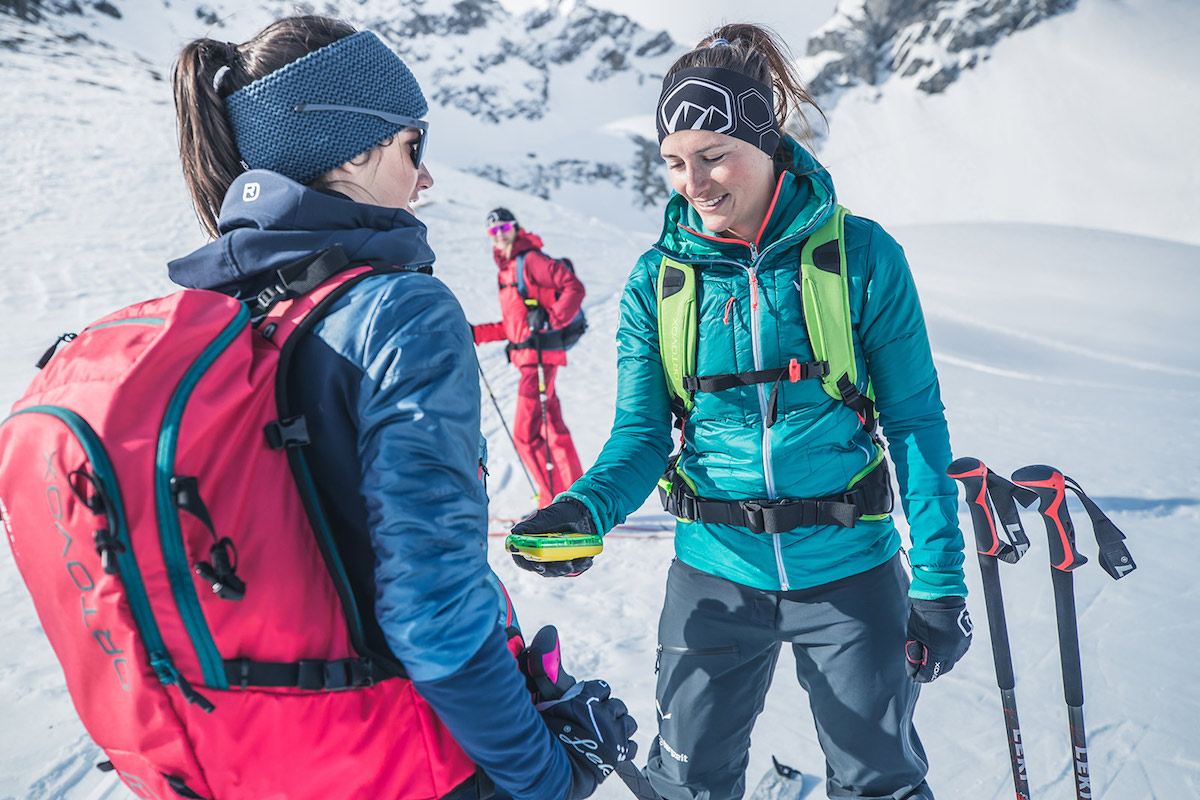 This test is essential every time you start a trip to be sure that all participants are wearing the transceiver and that it is working. The operation is very simple and is carried out as follows:
This test is essential every time you start a trip to be sure that all participants are wearing the transceiver and that it is working. The operation is very simple and is carried out as follows:
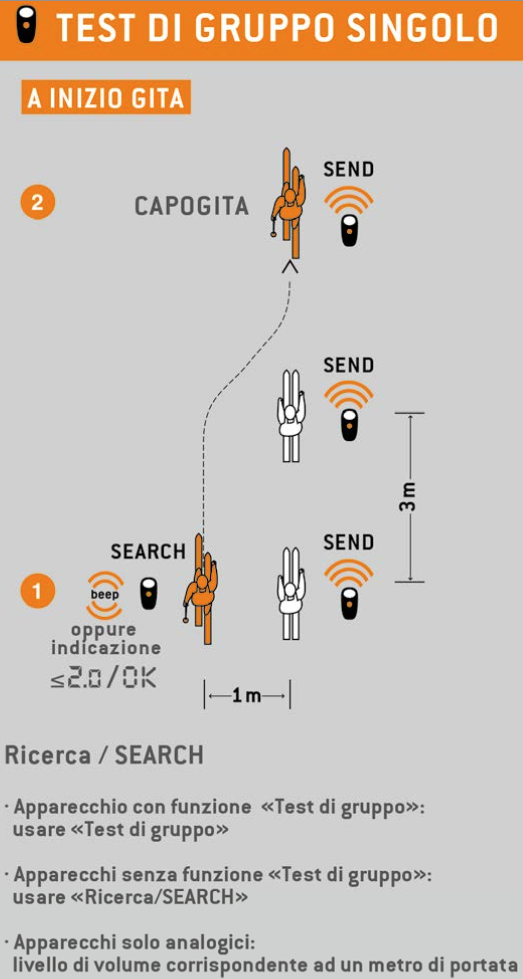
- At the start, the leader precedes the group and switches his transceiver into search mode
- One by one, the participants make their way towards the head passing by him with a distance never less than 1 meter
- Participants must have a distance of at least 3 meters between them, the optimum would be 5 meters
- The test is successful if the "beep" signal of the head transceiver is clearly audible or if the display indicates a distance of less than 2 meters
- The test fails if no signal is returned or if the distance indication is greater than that of the test distance; in this case replace the batteries or, if necessary, replace and repair the device!
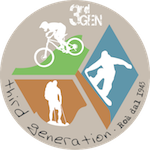

 This test is essential every time you start a trip to be sure that all participants are wearing the transceiver and that it is working. The operation is very simple and is carried out as follows:
This test is essential every time you start a trip to be sure that all participants are wearing the transceiver and that it is working. The operation is very simple and is carried out as follows:




